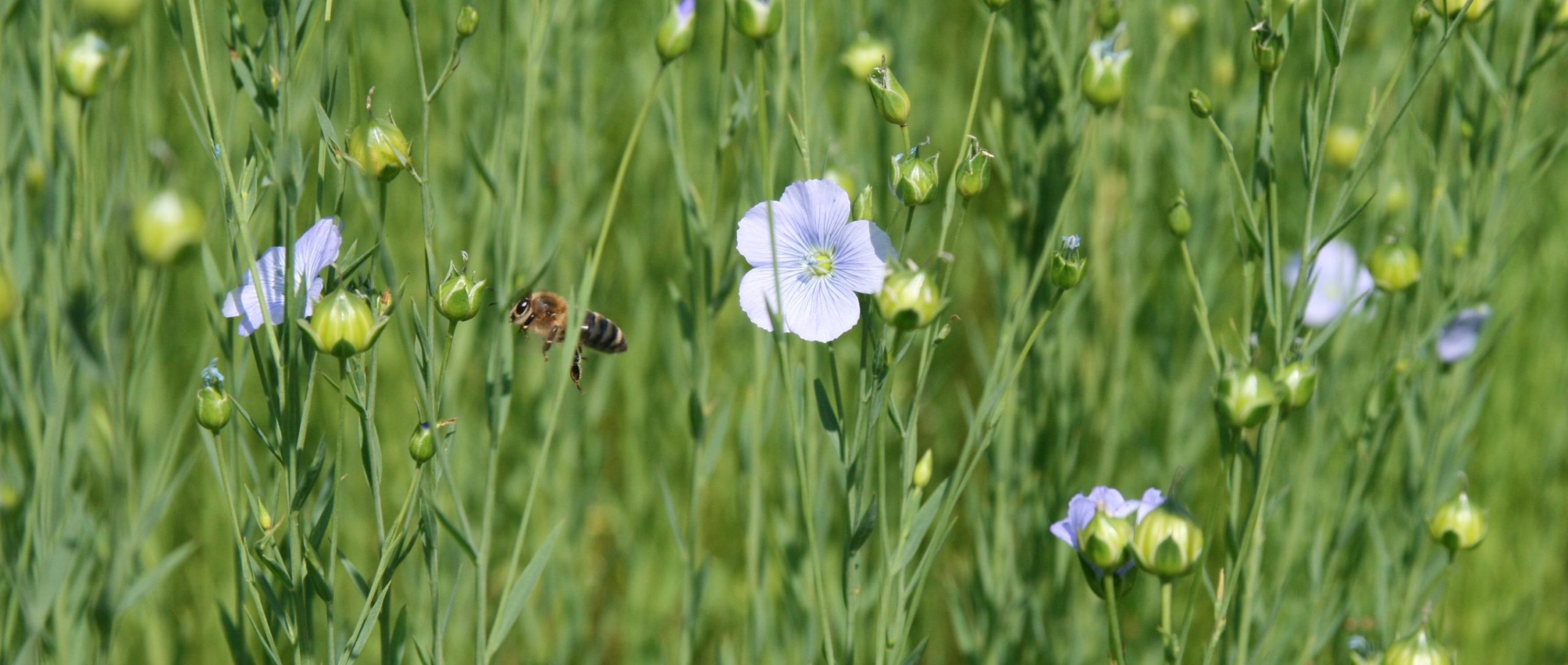Meadows and Pastures

The largest portion of the Open Air Museum’s agricultural land is grassland. Many meadows and pastures which are worth exploring in greater detail dot the Central Hesse and Northern Hesse Ensembles, in particular. The small-sized plots of grassland around our museum buildings and the many stacks of stored historic buildings are ideally grazed by our two flocks of sheep. Our cattle stay on the larger pastures, and whenever scrub encroachment has to be kept in check, our goats are more than happy to help out and enjoy their favourite food at the same time.
The hay meadows in the Eastern Hesse Ensemble do not serve as pastures as a rule, but are mown twice-yearly. This is where hay is made for winter fodder. The single-mown meadows around the post mill (Eastern Hesse Ensemble, 3) are particularly interesting. The ground there is so sodden and poor that they can be only mown once a year, in relatively late summer. This type of use creates a habitat for rare plant societies which would not survive twice-yearly mowing. The biodiversity encountered on these grassland plots is amazing and worth protecting. On our single-mown meadows, a rare endemic orchid type can be found: the marsh orchid. To preserve the rare flora they host, these meadows are out of bounds to visitors.




